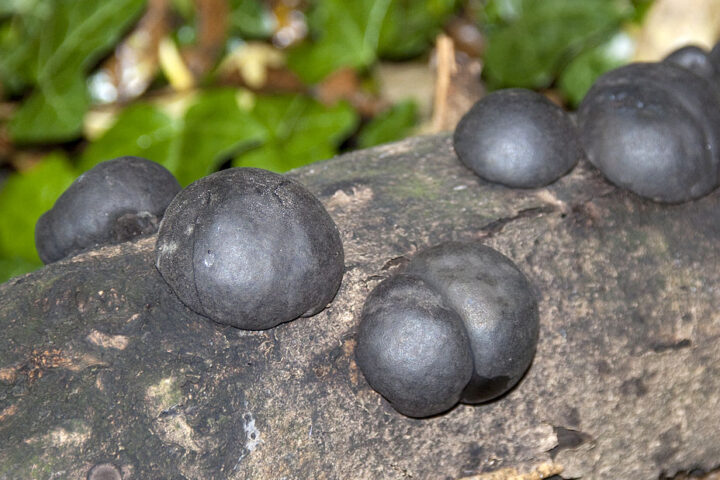A research team has developed crystalline materials for waterless air harvesting—an innovation that warrants careful scrutiny. The findings, published in the Journal of the American Chemical Society, present a methodology inspired by desert organisms.
Scientists from Jilin University, NYU Abu Dhabi’s Smart Materials Lab, and the Center for Smart Engineering Materials combined their expertise to create these “Janus crystals.” The name derives from the two-faced Roman god, reflecting the dual-property surfaces these crystals possess.
“The earth’s atmosphere contains an abundance of untapped fresh water, but we desperately need materials that can efficiently capture and collect this humidity and condense it into potable water,” states Professor Pance Naumov, the research lead at NYU Abu Dhabi.
The research team selected three specific organic compounds—chosen for their chemical versatility—to grow elastic organic crystals. These crystals developed distinct surface regions: one side attracts water (hydrophilic), while the other repels it (hydrophobic). This design permits water transport without external energy input, contrasting sharply with energy-intensive desalination processes.
“The crystals developed by our team not only capitalize on the mechanical compliance and optical transparency of organic crystals, but also pave the way for the design of active, self-sensing, and efficient surface-active harvesters,” Professor Naumov elaborates, adding that scaled implementation could address societal water scarcity.
The team reports these crystals achieve the highest documented water collection efficiency among similar materials to date. Their narrow, light-translucent structures provide a practical advantage: researchers can monitor fog droplet collection and condensation in real-time using light.
More Stories
The crystals improve upon existing porous organic variants through surface-level integration of water collection and delivery functions. This design maximizes ambient water collection through spontaneous condensation of aerial humidity or fog under normal conditions.
The design draws from desert beetles and lizards that have evolved surface structures combining hydrophilic and hydrophobic areas. These natural mechanisms effectively capture atmospheric moisture—a principle the research team has attempted to replicate in their crystal engineering.
The research paper, titled “Efficient Aerial Water Harvesting with Self-Sensing Dynamic Janus Crystals,” demonstrates how these materials function under ambient conditions without energy input. Unlike traditional desalination methods requiring substantial power for salt separation, these crystals operate passively.
The crystals combine water-collection and water-delivery functions at their surface, creating an integrated harvesting process. Their unique structural properties enable both the capture of humidity from air and its efficient transfer to collection points. The light-translucent nature of these crystals allows for precise monitoring of the collection process, offering potential advantages for practical applications.


















